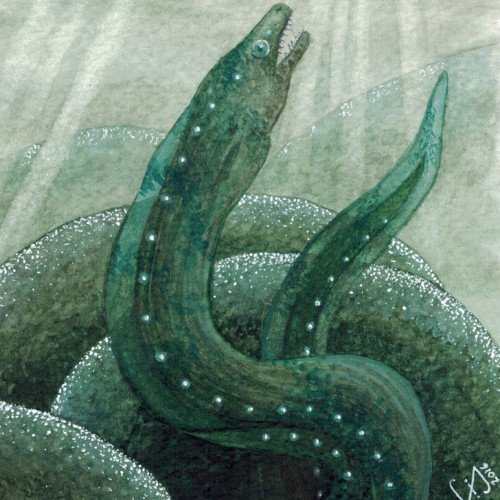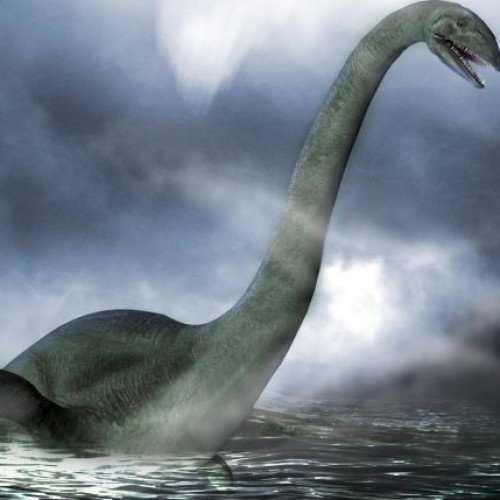Abaia VS Loch Ness Monster

Abaia
Abaia is a huge, magical eel in Melanesian mythology. According to Melanesian mythology the Abaia is a type of large eel which dwells at the bottom of freshwater lakes in the Fiji, Solomon and Vanuatu Islands. The Abaia is said to consider all creatures in the lake its children and protects them furiously against anyone who would harm or disturb them. It is said that those who are foolish enough to try to catch the fish from a lake containing the Abaia are immediately overwhelmed by a large wave caused by the thrashing of the Abaia's powerful tail. Another version of the legend states that if someone were to harm a creature living in the Abaia's home, the Abaia would cause a great rain storm flooding the land and drowning those who had caused the harm. One example of this ability is illustrated in the following story: One day a man discovered a lake in which were many fish, and at the bottom of the lake lived a magic eel, but the man knew it not. He caught many fish and returned the next day with the people of his village whom he had told of his discovery, and they also were very successful, while one woman even laid hold of the great eel, Abaia, who dwelt in the depths of the lake, though he escaped her. Now Abaia was angry that his fish had been caught and that he himself had been seized, so he caused a great rain to fall that night, and the waters of the lake also rose, and all the people were drowned except an old woman who had not eaten of the fish and who saved herself in a tree.
Statistics for this Xoptio

Loch Ness Monster
The Loch Ness Monster, or Nessie (Scottish Gaelic: Uilebheist Loch Nis), is a cryptid in cryptozoology and Scottish folklore that is said to inhabit Loch Ness in the Scottish Highlands. It is often described as large, long-necked, and with one or more humps protruding from the water. Popular interest and belief in the creature have varied since it was brought to worldwide attention in 1933. Evidence of its existence is anecdotal, with a number of disputed photographs and sonar readings. The scientific community regards the Loch Ness Monster as a phenomenon without biological basis, explaining sightings as hoaxes, wishful thinking, and the misidentification of mundane objects.